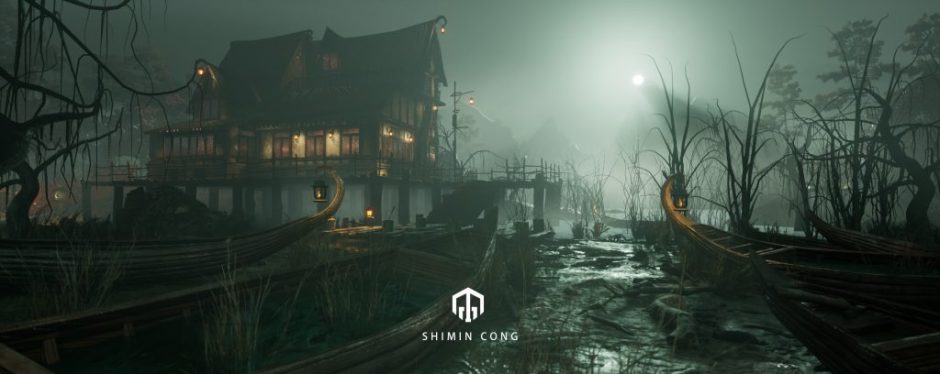The outline of a dissertation is a very important reference for an 8,000 word dissertation. A good dissertation outline will give the writer an idea of what should be covered where. This prevents overstatement on one issue.
The structure of my thesis is roughly as follows.
Abstract
The purpose of this thesis is to explore how lighting serves immersive games. This is different from other papers that consider only art effects or technology. It explores this through a series of approaches. These include a study of what immersive games are, an analysis of the differences between game and film lighting, ray tracing, the use of volumetric light and special effects light in games, the production pipeline of game lighting including color and emotional ambience, the study of ambient fog, the performance of reflective sphere sets for games, and the quality of lighting. In addition this thesis also specifically analyzes the lighting in the personal practice project Little Devil.
Introduction
Identified readers: artists, game enthusiasts, people working in the game sector, film and television enthusiasts, film and television producers
Background: Lighting and art → Game development → Main idea of this article
Central arguments: 1. Lighting, as the final aspect of game art, plays a crucial role in the immersion of a game. 2. The place of lighting in the future game market and how to create
Next content introduction
Literature review
This section will analyse the differences between lighting in the games and film industries and where lighting fits into the game development process. This can set the scene for an emphasis on the evolvability of game lighting. The main points covered are the following.
- 1 The difference between game lighting and film and television lighting
- 2. what is immersive gaming
- 3. lighting in immersive games
- 4. ray tracing – Cyberpunk 2077
- 5. Volumetric Lighting The Legend of Zelda: Breath of the Wild
- 6.Lighting Effects – Genshin Impact
- 7.Ambience Design – Little Nightmares
- 8.Chapter Summary
CHAPTER 3: Methodology
The main purpose of this chapter is to provide the theoretical basis and methodological support for the lighting design of Little Devil. It is divided into the following areas.
- 1. Lighting colour theory and lighting techniques
- 2. Lighting systems in the engine
- 3. Reflection probe
- 4. Fog and ambient light
- 5. Chapter Summary
CHAPTER 4: Little Devil test
CHAPTER5: Conclusion
